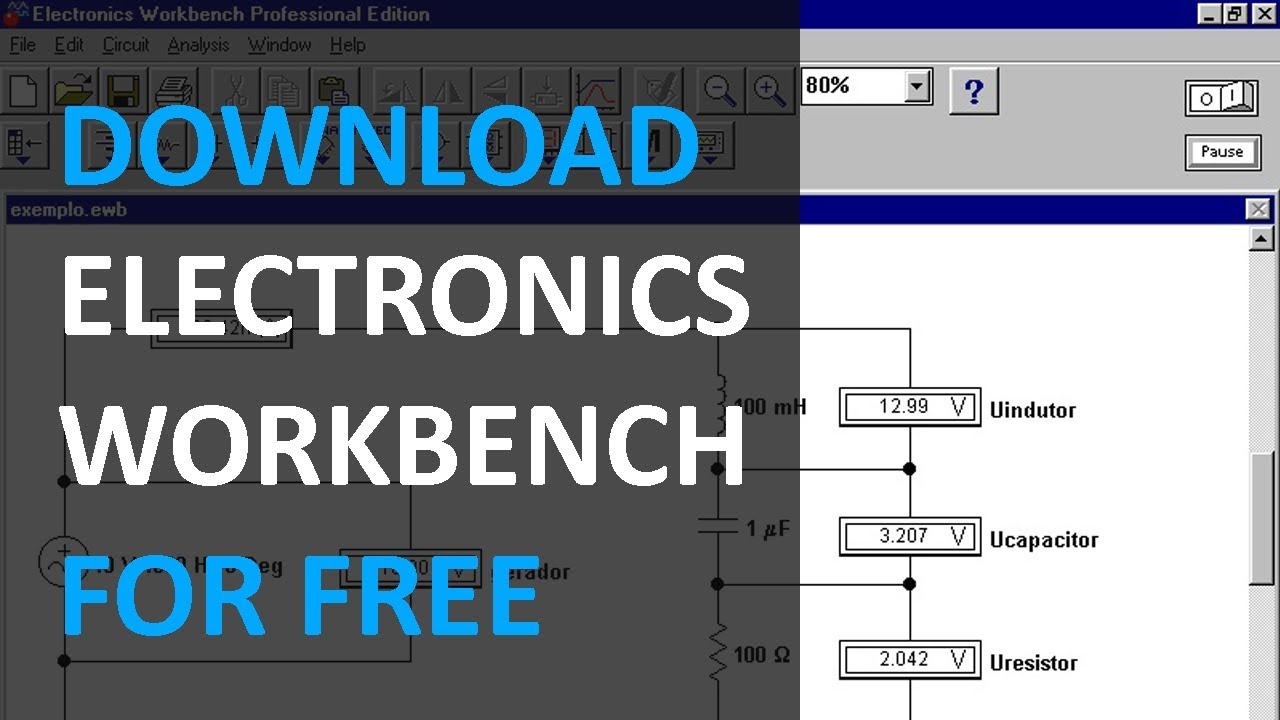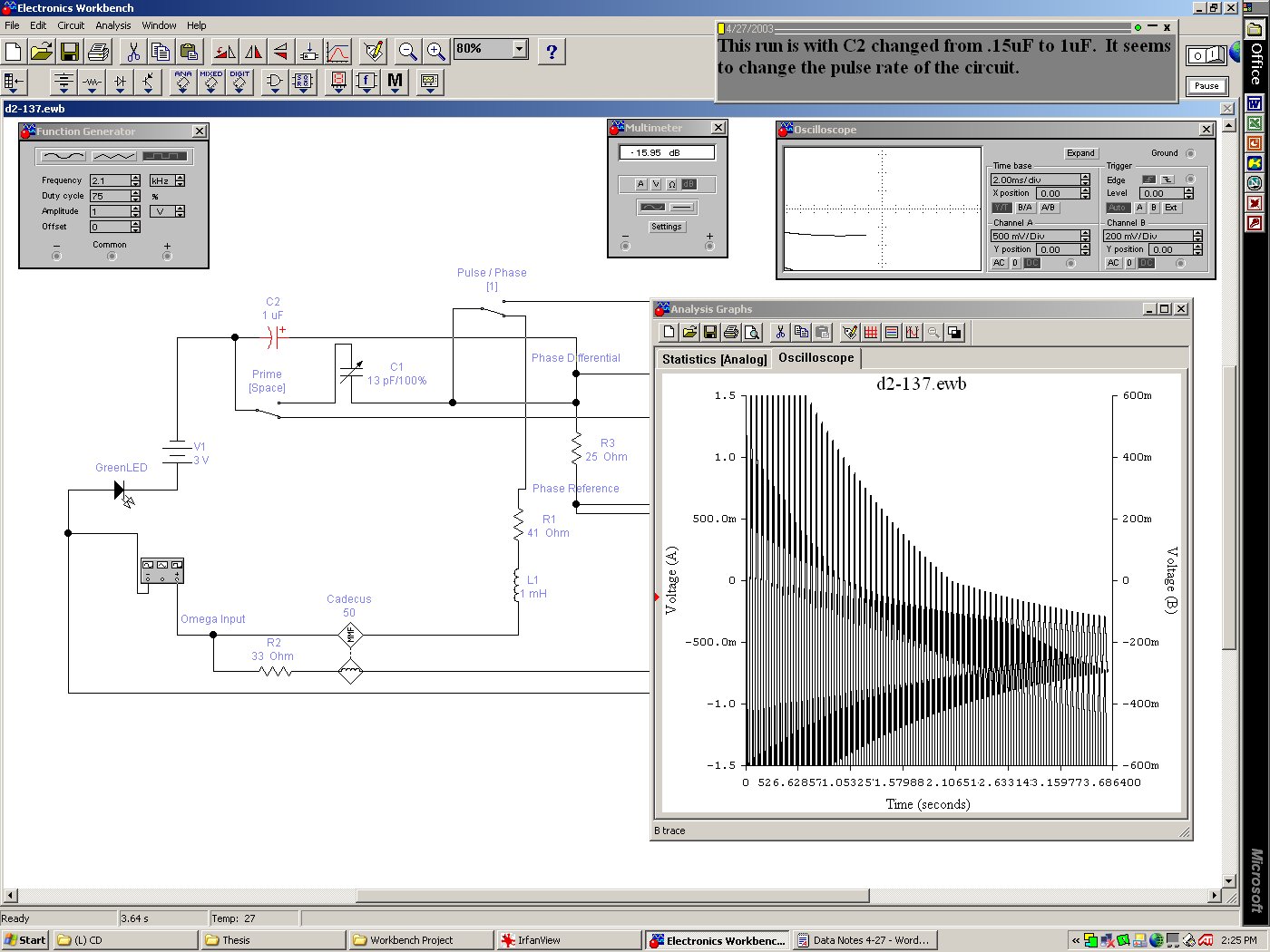

Wire the rest of the components in a similar manner. Again a black dot appears, and the wire snaps into position. Now drag the wire to the top of the upper resistor. When you are at the right position to make a connection, a black dot appears. Move the pointer to the terminal on the top of the battery. To wire the components together you have to create wires between the components. Wire the components together Most components have short lines pointing outwards, the terminals. Note that selected circuit elements are highlighted/changed color. Choose your favorite way to rotate by 90 degrees. Select both by either CTRL+click, or by dragging the mouse over them.

In this case you want to rotate both resistors. To do this, select the circuit element and either click on the standard rotated/flip icons on the toolbar, or select the desired operation under Circuit. Arranging the circuit elements You can change the orientation of the circuit elements either by rotating them or flipping them over. Click on it and a toolbar containing the battery and ground should appear. Move to the Sources on the Parts Bin toolbar. Otherwise, it will close after you drag an item from it, and you will have to reopen it for every resistor. Resitor To keep the Basics toolbar open, drag it onto the circuit window. Drag two resistors from the toolbar to the circuit window. Choose File/New to open a new circuit file. Place the components on the circuit window To build the circuit, you need a battery, two resistors and a ground connection. Building and testing a circuit In this part of the tutorial, you will build the simple DC voltage divider circuit shown below. The following will guide you on your first attempt to simulate circuits. Initially you will see an empty circuit window and two toolbars, the circuit toolbar with the common file management, editing and graphics tools, and a Parts Bin toolbar from which you can select a wide range of circuit elements, and instruments. It is better to incorporate EWB results by copying them to the clipboard using the copy as bitmap command, and then pasting this into a something like a word document. Directly printing EWB schematics and graphs does usually not produce satisfactory result, and leads to a tremendous waste of paper. EWB puts very little constraints on parameters so do not be too timid, don't just change things by 10%, try out what happens when you change them by a couple of orders in magnitude. It will greatly help your understanding of electronics if you use EWB in an interactive manner: Make change to the circuits you are working on, observe the effects that these changes have, and try to understand them. It also tries to encourage you to apply the "what if" approach to circuit design. The final part of the tutorial consists of two exercises that try to illustrate the power of EWB. It first leads you through the fundamental steps of putting a circuit together and analyzing its function using the instruments. This tutorial is intended as a quick introduction to EWB's basic features. You can change parameters and circuit components on the fly, which make "what-if" analysis straight foreward. EWB's click-anddrag operations make editing a circuit fast and easy. It allows you to design and analyze circuits without using breadboards, real components or actual instruments.

1 Electronic WorkBench tutorial Introduction Electronic WorkBench (EWB) is a simulation package for electronic circuits.


 0 kommentar(er)
0 kommentar(er)
